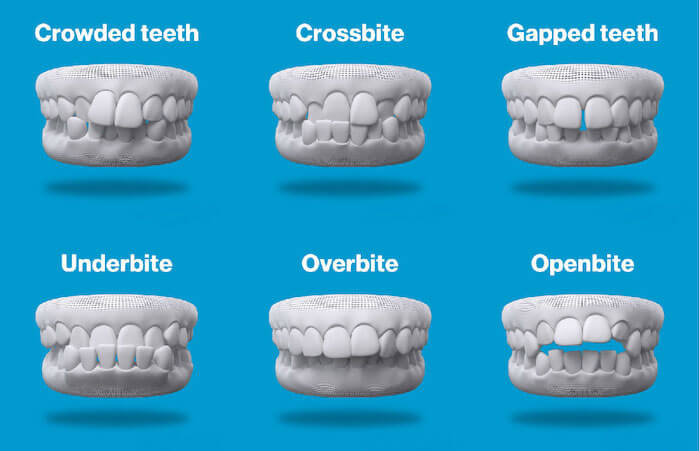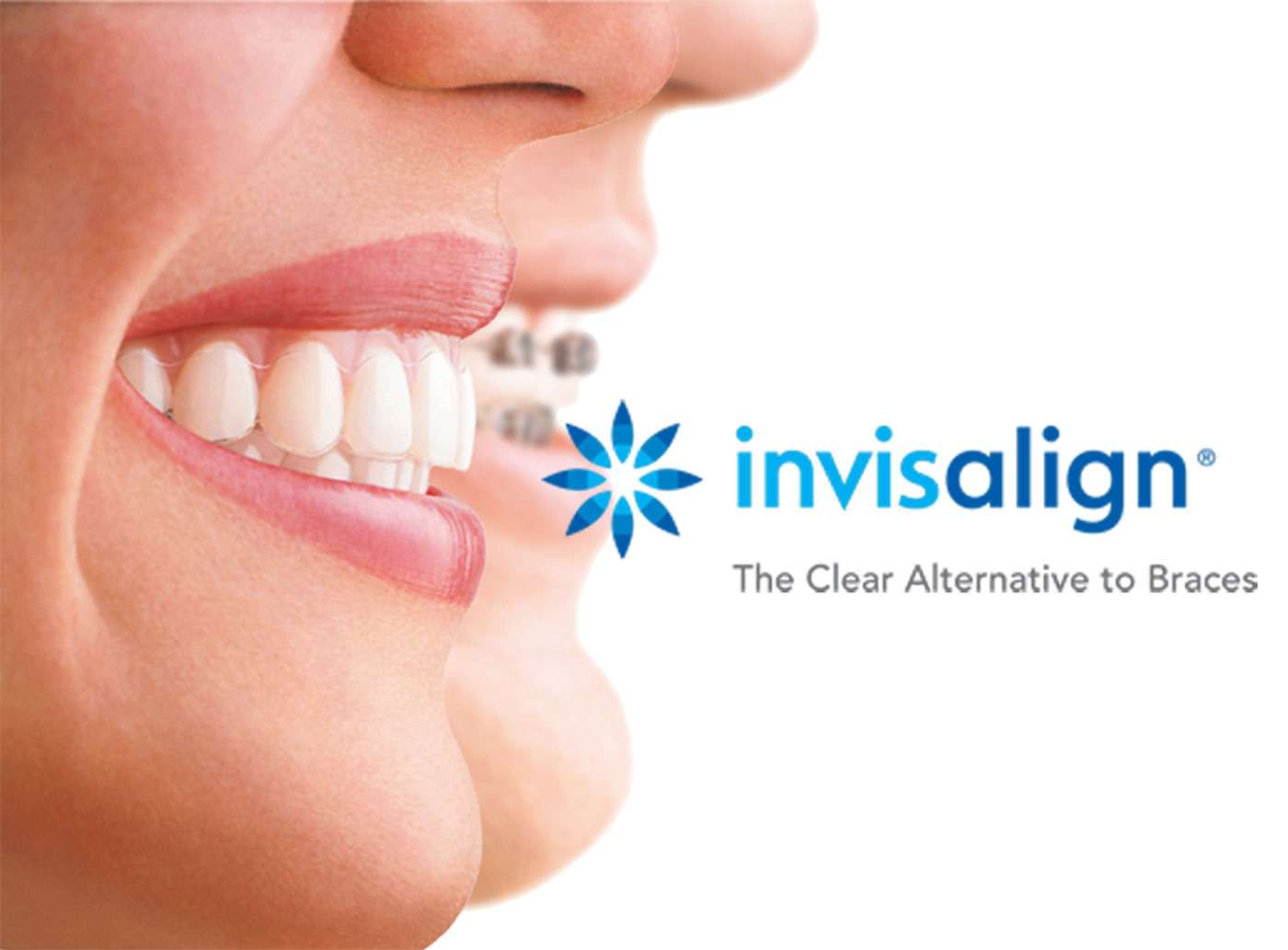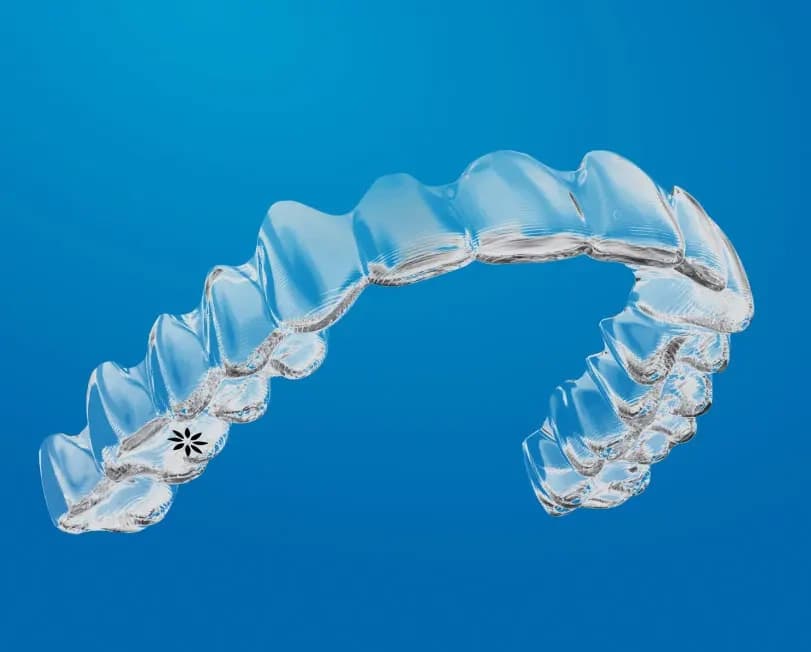Invisalign vs. Standard Braces: Which Option Is Right for You?
When considering orthodontic treatment, the selection between Invisalign and standard dental braces presents several crucial elements that merit mindful evaluation. Invisalign offers a very discreet option with removable aligners, while traditional dental braces offer a more visible yet efficient service for extreme misalignment. Each choice encompasses distinctive benefits and downsides associated with looks, comfort, therapy period, and cost. Recognizing these nuances is critical for making a notified choice that lines up with your individual preferences and way of life. The inquiry remains: which option will finest fulfill your orthodontic needs and assumptions?
Overview of Treatment Alternatives

In comparison, traditional dental braces include metal braces and wires that are bound to the teeth. This technique uses constant stress in time to attain positioning. While reliable for complicated orthodontic concerns, conventional dental braces require routine sees for modifications and can present challenges in preserving dental hygiene due to the trouble of cleaning around cords and braces.
Both choices have their merits, and the option commonly hinges on particular oral conditions, way of life choices, and patient compliance. Inevitably, getting in touch with an orthodontic specialist is important for determining the most suitable treatment plan tailored to private demands. Recognizing the nuances of each option can dramatically affect the overall success of orthodontic treatment.
Visual Considerations
A significant variable influencing the selection between Invisalign and conventional dental braces is the aesthetic appeal each therapy uses. Invisalign aligners are crafted from clear plastic, making them practically invisible when worn.
On the other hand, typical braces contain metal braces and wires, which can be extra visible. While developments in orthodontic technology have actually led to the growth of smaller brackets and tinted elastics, traditional dental braces still preserve an even more noticeable account. For some individuals, the exposure of dental braces might deter them from seeking essential treatment.
Eventually, the choice in between Invisalign and traditional braces might hinge on individual preferences regarding aesthetic appeals. Patients that focus on discretion commonly lean toward Invisalign, while those that are much less worried about exposure might select conventional dental braces. Comprehending the visual ramifications of each alternative is vital for making an informed decision that lines up with one's way of life and choices.
Convenience and Convenience

In terms of comfort, Invisalign aligners this content are detachable, making it possible for individuals to appreciate their favored foods without constraint and preserve optimal oral hygiene. Cleaning and flossing are streamlined, as the aligners can be obtained throughout these routines, whereas standard braces require mindful steering around braces and cords.
In contrast, typical dental braces require regular changes, making them less practical for those with busy timetables. In general, the comfort and ease of Invisalign make it an enticing choice for many people seeking orthodontic treatment.
Therapy Duration and Efficiency
While both Invisalign and traditional braces are reliable in dealing with oral imbalances, the period of treatment can vary considerably between both options. Commonly, Invisalign treatment can take anywhere from 12 to 18 months, depending on the intricacy of the case. The clear aligners work by progressively changing teeth right into their wanted positions, and normal follow-ups with an orthodontist help ensure progression remains on the right track.
In comparison, traditional braces often need a longer commitment, normally varying from 18 months to 3 years. This is due to look at these guys their set nature and using braces and cords, which can be extra effective for complex cases and serious misalignments (Invisalign). The therapy efficiency of traditional braces is well-documented, as they permit for precise modifications and higher control over tooth motion
Eventually, the choice between Invisalign and conventional dental braces might hinge on both the expected therapy duration and the certain oral concerns at hand. Consulting with an orthodontist is critical, as they can offer customized referrals based on private requirements, ensuring the selected approach straightens with preferred end results and durations.
Expense Comparison and Insurance Choices
Expense plays a substantial function in the decision-making procedure for people taking into consideration orthodontic treatment, whether choosing Invisalign or typical dental braces. Typically, the expense of Invisalign varieties from $3,000 to $8,000, while conventional braces usually cost in between $2,000 and $6,000. Aspects influencing these costs include the intricacy of the case, the duration of therapy, and geographical area.
Insurance policy protection can considerably impact out-of-pocket expenses. Numerous dental insurance coverage plans give partial protection for orthodontic therapies, however the specifics can differ commonly. It is essential for people to examine their insurance coverage policies to figure out the extent of protection for either option. Normally, conventional dental braces may be a lot more regularly covered by insurance policy plans contrasted to Invisalign, which some insurance firms categorize as an aesthetic treatment.
Additionally, numerous orthodontic techniques provide versatile layaway plan, making both treatment options more easily accessible. People need to inquire about prospective financing choices and discounts for upfront payments. Examining the complete cost, including insurance coverage advantages and settlement strategies, is important for making a notified choice that straightens with both visual choices and spending plan factors to consider.

Final Thought
In recap, the option between Invisalign and traditional dental braces depends upon numerous aspects, including visual choices, comfort, therapy duration, and cost. Invisalign uses a discreet, detachable official statement choice that helps with dental hygiene and nutritional flexibility, while traditional dental braces might be much more suitable for complicated dental issues and often come with a reduced cost point. Ultimately, examination with an orthodontist is necessary to evaluate private circumstances and determine one of the most appropriate treatment choice for achieving optimum dental positioning.
When thinking about orthodontic treatment, the option in between Invisalign and conventional dental braces offers numerous essential aspects that warrant careful assessment.Contrasting Invisalign and conventional dental braces reveals unique therapy alternatives for orthodontic adjustment.While both Invisalign and conventional braces are effective in dealing with dental misalignments, the period of treatment can differ substantially between the 2 choices.Cost plays a substantial function in the decision-making procedure for individuals considering orthodontic treatment, whether opting for Invisalign or typical braces.In recap, the choice in between Invisalign and traditional braces pivots on multiple variables, including visual choices, comfort, therapy period, and cost.